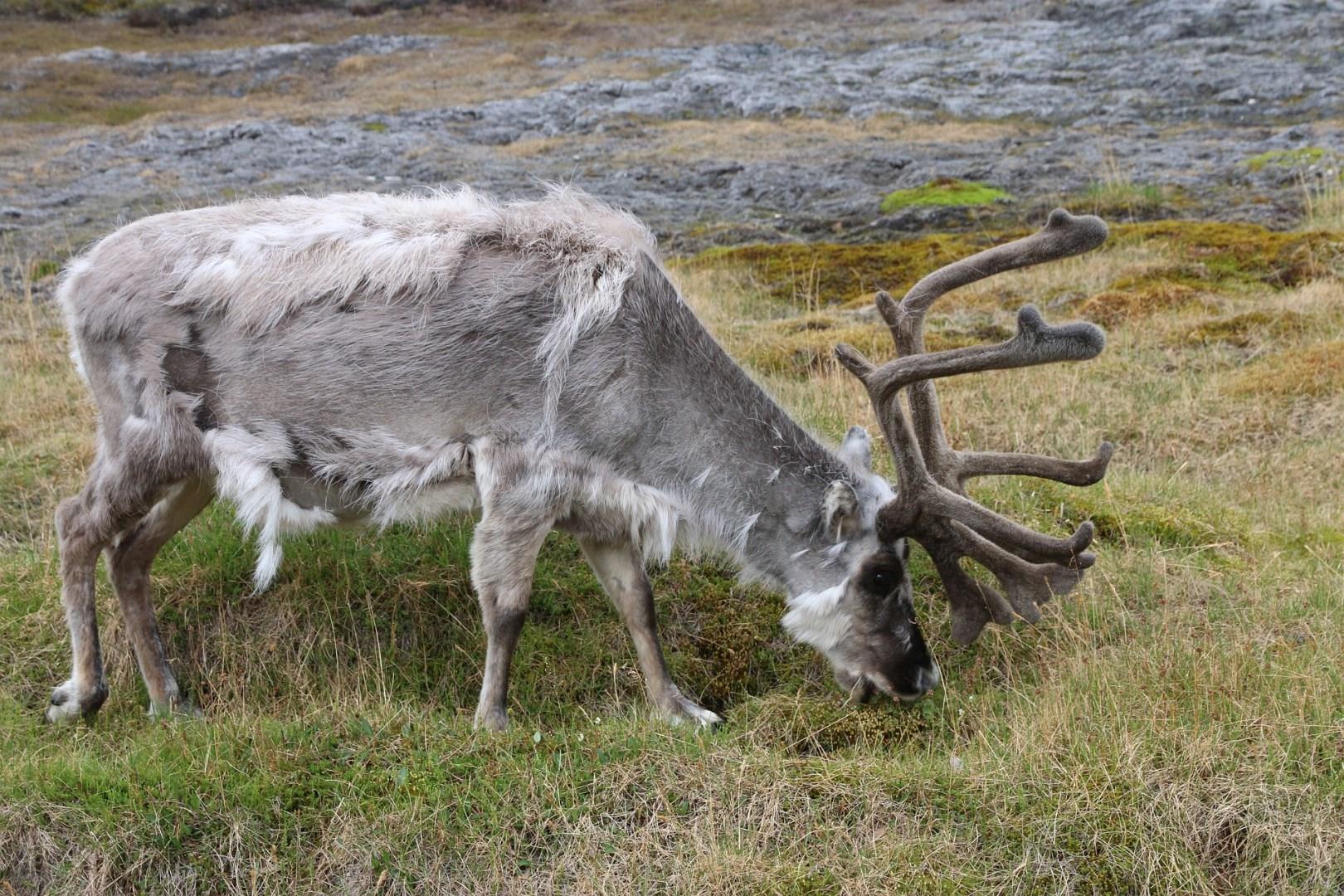

Seychelles
The Seychelles, an idyllic archipelago in the Indian Ocean, is a dream destination for travelers seeking pristine beaches, lush landscapes, and rich biodiversity. Comprising 115 islands, the Seychelles boasts some of the world’s most breathtaking beaches, such as Anse Source d'Argent on La Digue Island. This stunning beach is renowned for its dramatic granite boulders and powdery white sand, making it a must-see for visitors and a favorite spot for photographers.

Dominica
Dominica, known as the “Nature Island of the Caribbean,” is a haven for eco-tourists and adventure seekers. Nestled between the French islands of Guadeloupe and Martinique, this lush island boasts a remarkable landscape of volcanic mountains, dense rainforests, and stunning waterfalls. Dominica’s most iconic natural wonder is the Boiling Lake, the second-largest hot spring in the world.

Rarotonga Island
Rarotonga, located in the Cook Islands off the coast of New Zealand, has none of the tourist hype that surrounds Hawaii and Fiji. Its tranquil, aquamarine waters and breathtaking landscape bring many visitors to this island paradise.

Annecy
Nestled between the pristine waters of Lake Annecy and the towering French Alps, Annecy is a charming gem in southeastern France that offers visitors a unique blend of history, natural beauty, and alpine allure. Often referred to as the "Venice of the Alps" due to its network of canals that wind through the old town, Annecy captivates with its cobbled streets, pastel-colored houses, and flower-adorned bridges.

Basseterre
Nestled under the imposing view of volcanic Mount Liamuiga, charming Basseterre is the best place to begin your next Caribbean adventure to St. Kitts. From the island’s untouched natural beauty, best seen by boarding the famous St. Kitts Scenic Railway, to the glittering beaches of Frigate Bay, perfect for snorkeling and jet skiing, there are plenty of excursions guaranteed to thrill you in Basseterre. Be sure to stop by the city center to visit Independence Square or venture thirty minutes outs




